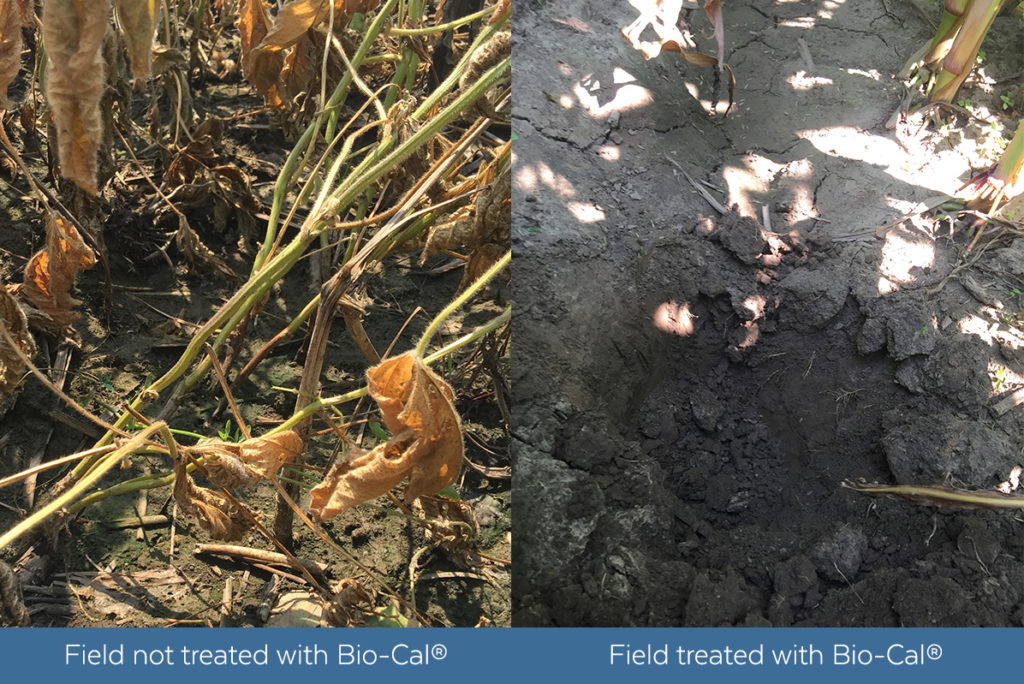When Gary Zimmer was first looking for a calcium-based product to improve his soil quality, he discovered Bio-Cal®. He noticed remarkable improvements to his soil quality, as well as forage yield and quality, soon after the first application to his hay fields. Bio-Cal is now known for its proven benefits for yield and quality on forages and is also an excellent soil conditioner that improves water infiltration and soil structure – benefits that any crop can take advantage of!
Bio-Cal contains five different kinds of calcium, ranging from immediately plant-available to more slowly available sources. The combination of the five sources act on soil chemistry to help break up tight soils and improve water infiltration while at the same time providing an essential nutrient to soil organisms, including earthworms, building that beautiful, chocolate-cake texture that is indicative of healthy soil.
Gary Zimmer has been applying Bio-Cal (and its organic counterpart, OrganiCal™) to his farm in the fall for many years. Gary prefers to apply Bio-Cal or OrganiCal in the fall for several reasons. “On my forage ground, Bio-Cal helps get the alfalfa conditioned for winter. I like to apply it this time of the year to improve forage quality and soil structure.” Gary also sees benefits from applying Bio-Cal or OrganiCal to non-forage acres in the fall. “For ground going into corn and beans next year, after harvest in the fall is the best time to spread Bio-Cal. The ground is generally drier, and I don’t have as much to do as in early spring, which means I have time to get Bio-Cal on all of my ground. Putting it on in the fall also helps with residue break down and gives the calcium a chance to interact with the soil, improving soil structure for spring.”
It’s been an extremely wet year in much of the Midwest, and all of the heavy rainfall events have taken a toll on the soils on many farms. Even if you’re taking steps to improve your soil structure, getting six inches of rain in one day can lead to runoff. Below are two pictures of neighboring fields in Wisconsin. On July 19 and 20, six inches of rain fell on these fields. One week later, most of the water soaked in on the field that received Bio-Cal, while the neighboring field, which did not receive Bio-Cal, is still saturated. Given that these fields are managed differently, Bio-Cal may not be the only factor in the difference in soil quality, but there is no doubt that the Bio-Cal-treated field was able to absorb the heavy rainfall much better than the field that did not receive any Bio-Cal.
Call your Midwestern BioAg Consultant today and ask how they can help you get Bio-Cal on your farm.


